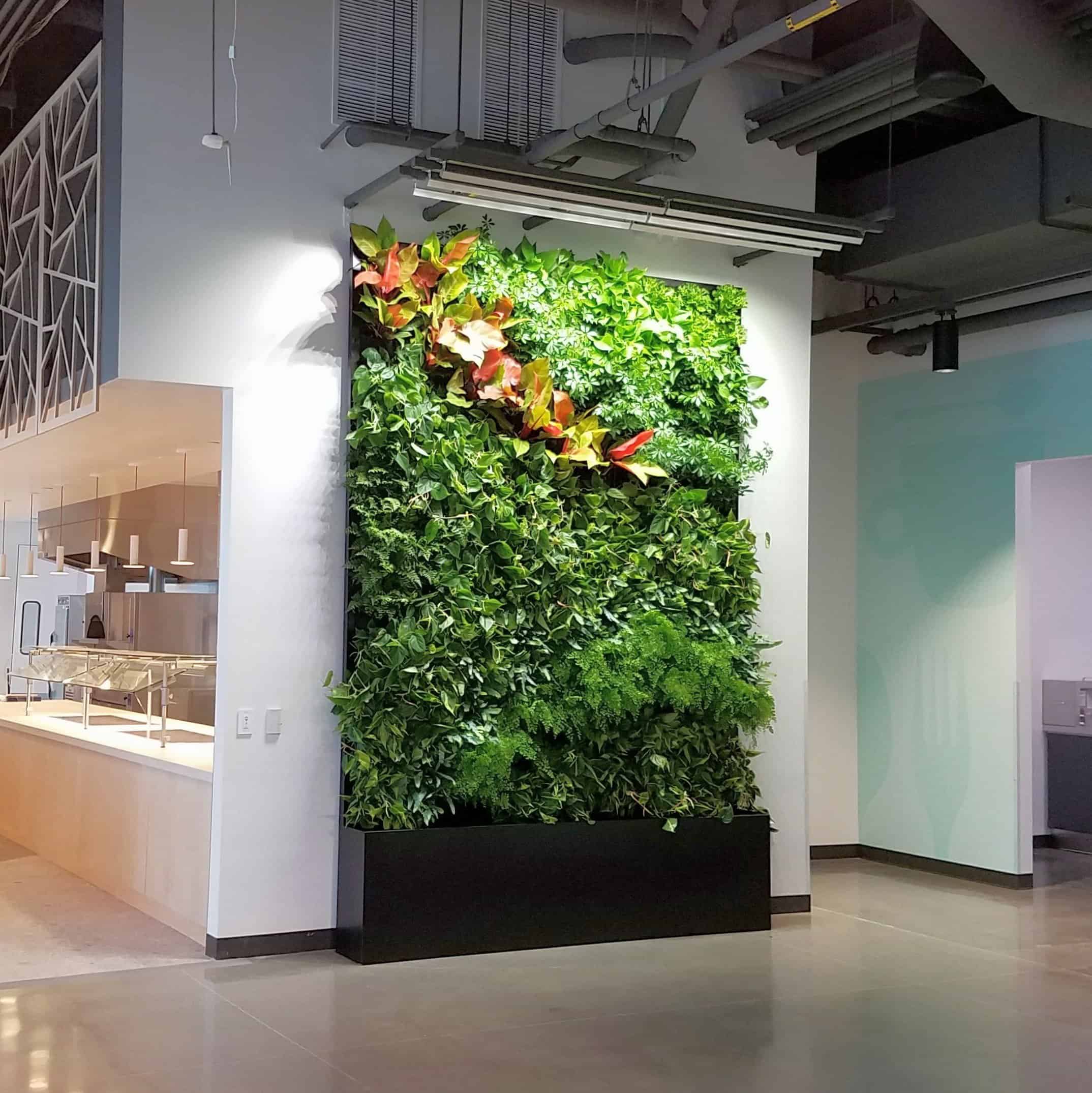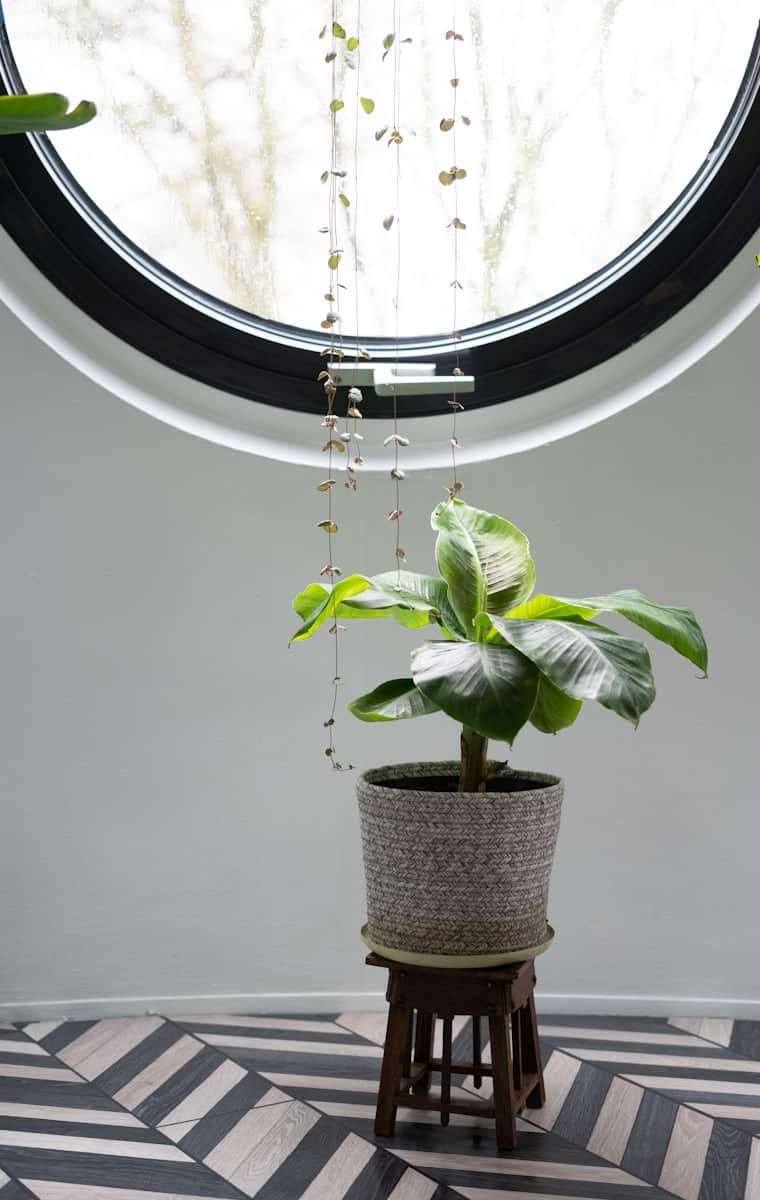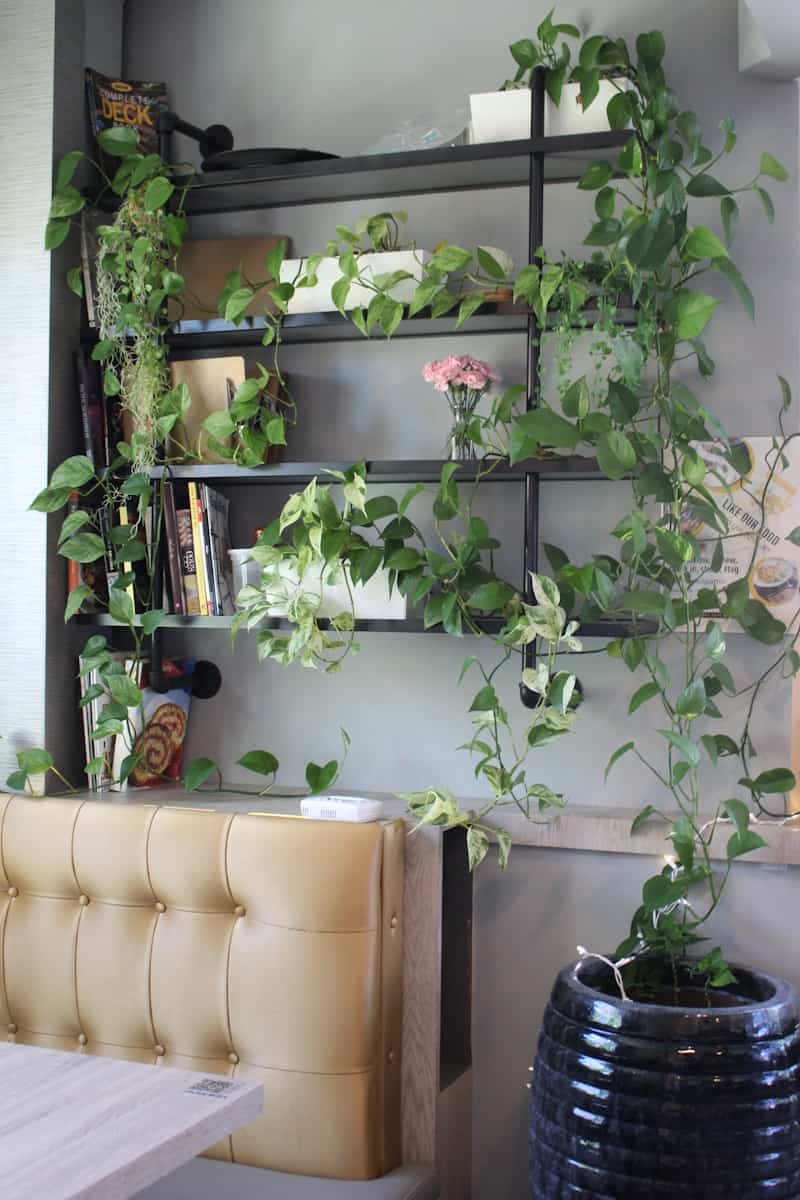In today’s fast-paced world, where technology reigns supreme and urbanization continues to reshape our environments, the longing for a connection to nature has never been more palpable. As our lives become increasingly indoor-centric, the concept of biophilic design emerges as a powerful antidote, offering a harmonious blend of nature and architecture that speaks to our innate human need for contact with the natural world.
Understanding Biophilic Design
Biophilic design is more than just a trend; it’s a fundamental shift in the way we approach the built environment. Rooted in the biophilia hypothesis, which posits that humans have an instinctive affinity for nature, biophilic design seeks to incorporate natural elements, patterns, and processes into architectural spaces to enhance our well-being and connection to the environment.
The Principles of Biophilic Design
At its core, biophilic design is guided by several key principles:
1. Incorporating Natural Light: Maximizing daylight exposure and views of the outdoors not only reduces reliance on artificial lighting but also fosters a sense of connection to the rhythms of nature.
2. Bringing Nature Indoors: Introducing living greenery, such as indoor plants and vertical gardens, creates a literal oasis within interior spaces, improving air quality and reducing stress levels.
3. Embracing Natural Materials: Choosing materials like wood, stone, and bamboo evokes the tactile and visual qualities of the natural world, grounding occupants in a sense of warmth and authenticity.
4. Engaging the Senses: Designing spaces that stimulate the senses—whether through the sound of running water, the scent of fresh flowers, or the feel of natural textures—awakens our primal instincts and deepens our connection to the environment.
5. Creating Biophilic Patterns: Incorporating organic shapes, fractal patterns, and biomimetic designs echoes the complexity and diversity found in nature, inviting exploration and discovery.
The Benefits of Biophilic Design

The integration of biophilic design principles offers a multitude of benefits for occupants and the environment alike:
Improved Well-being: Studies have shown that exposure to nature within indoor spaces can reduce stress, boost mood, and enhance cognitive function, leading to happier, healthier occupants.
Increased Productivity: By fostering a connection to nature, biophilic design has been linked to higher levels of creativity, concentration, and productivity in work and learning environments.
Sustainable Practices: By prioritizing natural light, ventilation, and materials, biophilic design promotes energy efficiency and environmental stewardship, aligning with the principles of sustainable architecture.
Embracing Biophilic Design in Your Space

Whether you’re designing a residential sanctuary, a corporate office, or a public gathering space, incorporating biophilic design principles can transform the way people experience and interact with their surroundings. From simple interventions like adding potted plants to more elaborate interventions like green walls and atriums, there are endless opportunities to bring the healing power of nature indoors.
As we continue to navigate the complexities of modern life, let us not forget our deep-rooted connection to the natural world. Through biophilic design, we have the opportunity to bring the healing power of nature indoors, fostering spaces that inspire, rejuvenate, and uplift the human spirit.

